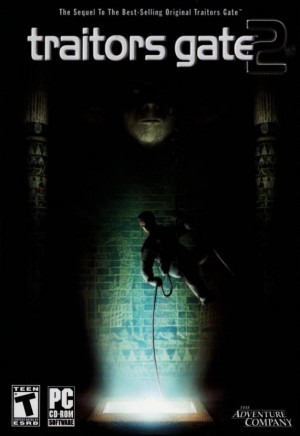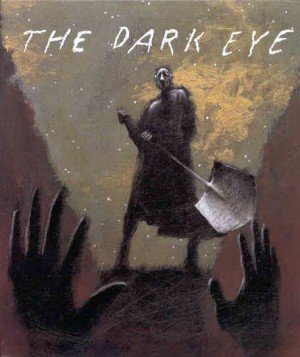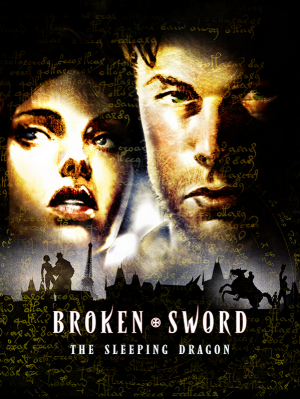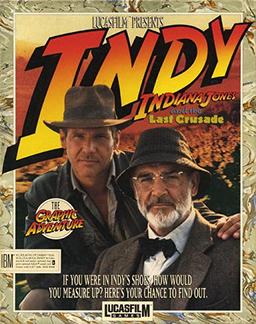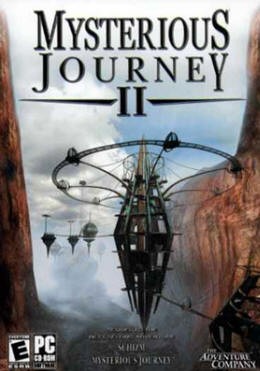Review for Penumbra: Black Plague
Like a quick blast of Arctic air, Penumbra: Black Plague is both chilling and refreshing. It’s a rather unconventional game; a horror-themed adventure that looks and controls almost exactly like a first person shooter. But don’t let that put you off; although there is a dash of stealth gameplay, this is for the most part very much in the tradition of the adventure genre, even more than its predecessor.
Although I had not played Penumbra: Overture, I had no trouble jumping into the story halfway through; a quick slideshow at the beginning sums up the situation succinctly. The protagonist, Philip, has followed a mysterious message from a father he believed dead to an old mine in the frozen wastes of Greenland, now converted into a dig site and laboratory by a shadowy organisation. In Black Plague, the second and reportedly final chapter rejoins Philip as he awakes, having been captured by unseen malefactors at the end of the last episode. Philip soon escapes and finds the facility deserted except for lurking monsters; an outbreak of the titular “black plague” has sent the facility's inhabitants mad or turned them into slavering zombies. Despite not having the most original storyline, the slow revelations about the facility, the history of the outbreak, Philip’s father, and, ultimately, the disease itself, serve as an engrossing backdrop for the action.
Like most “deserted world” games, the plot is told mainly through discovered documents and radio communications. Fortunately, the characters are pretty well defined despite the lack of face-to-face contact, and above all, story developments are never confusing, even when you are teased with incomplete revelations. Philip also develops a plague-induced alter-ego who accompanies you throughout the game, and there is something entertainingly disturbing and infuriating about the antagonist's “cranky old man” persona. There are plenty of smaller touches too, like one person’s mournful references to hot cocoa, which breathe life into the scattered diaries and notes you collect. Add a few strokes of almost Portal-like humour; (“All personnel are asked to keep their personal cyanide tablet ready at all times”) and despite the fairly simple plot, there is plenty to keep the player drawn in. A handful of corny voiceovers, grammatical errors, and an underwhelming ending aren’t enough to stop the story aspects from succeeding.
Thankfully, though, the plot is kept subservient to the most interesting facet of the game, the puzzles. Using a realistic physics engine, most revolve around manipulating the real time 3D environment in unusual ways to achieve your goal, although there are plenty of inventory puzzles and occasional use of computer systems thrown in. What’s great about this approach, with keyboard-mouse controls modelled very much on FPS and stealth games, is that it lets you fully, dynamically explore each environment. What would be mere pixel hunting in many adventures feels like an actual quest for treasure as you open containers, clear rubble and break glass to find all important items. Although physics engines now abound in most genres, it’s really nice to see this technology used for what it does best: creating environment puzzles. Black Plague goes beyond the superficial interactions you may have seen in such games as Sherlock Holmes: The Awakened, integrating physics not just as window dressing but providing the key to many of the obstacles. Of course, not everyone will enjoy the free-roaming, FPS style controls, but even so, I would encourage perseverance, as even the unconventional aspects like using the scroll wheel to move items back and forth quickly become intuitive.
In terms of difficulty, most challenges are not particularly taxing, but they are cleverly constructed and the unusual approach freshens old clichés, and makes the new ideas seem all the sweeter. A simple puzzle using a vice to flatten a coin becomes an interesting interaction within the control context, and a novel scenario based around some amateur plumbing becomes even more of a joy to solve. The inventory puzzles are also quite simple, but are all underpinned by plausibility, a rare quality in adventure games. One of the more complex, multi-layered puzzles involves you trying to reboot a computer server, and whilst it’s far from an accurate representation of reality, it still very much makes sense within the confines of the game world.
One reservation some may have with this title are the stealth aspects. Although they feature fairly prominently, they are anything but difficult and the player will rarely find themselves defeated, due in part to the ample supply of “painkillers” dotted around the game and the “recharging” health indicator. Instead, enemies are often used to ratchet up the tension. The stealth normally hinges on little more than pressing a “stealth” toggle and staying out of sight, but if spotted, simply running away and ducking back into the shadows proves effective. The combat, a common complaint about the last game, has been effectively eliminated, the only real remnants being what amount to timed puzzles to trap or kill enemies in specific scenarios. Enjoyment depends, then, not on whether one is co-ordinated and enjoys action games, but more on whether one enjoys being scared. There is also very occasional timed jumping, but again, this is extremely easy and shouldn’t be a problem for most players.
Visually, the game is sparse but tasteful. The environments consist largely of the dark corridors of the research facility, albeit enlivened with occasional “dream sequences” of surreal, sinister prisons and ancient architecture, plus a brief (and challenging) excursion into the cold outside. The textures, however, make the world seem rich, threatening and real, with its stained, blood-spattered concrete floor organically distressed in a gritty, industrial-decay style reminiscent of the modern sections of Still Life or the Silent Hill games. Only in the enemy design does Black Plague disappoint a little; the zombies are alert, intelligent opponents but their looks are somewhat clownish.
The lack of other characters and so little variation in objects or environments clearly suggests this is a game with a low budget, but the way resources are thoughtfully re-used largely hides the fact. There are also some nice graphical touches, like convincing water and lighting effects. Further, despite being in real time 3D, the system requirements are moderate, although frequent loading screens might be a source of irritation. More important than the graphics, perhaps, is the impeccable sound design, in which environmental sounds mesh seamlessly with a haunting score. There is a rich, convincing sense of atmosphere on display.
While certainly a refreshing change from the norm, the game is not perfect, of course. Many will not relish how short it is. According to the end-game statistics, it took me a mere four and a half hours to complete, and despite a rather tacked-on attempt to give it replay value via “collectable” artefacts, this is very much an “episode”, not a fully blown game. This isn’t necessarily a bad thing, as a certain momentum is maintained throughout, but may give those considering paying in full pause for thought (sweetened, however, by the low price point.) There are also a few rough edges; there’s only one (automatic) save slot, and players will likely encounter a few physics and graphical glitches.
The story, as I have mentioned, sometimes falls short of its initial promise, and in a series originally planned as a trilogy, one wonders if a little too much wasn't lost in condensing it to two parts. It is unlikely that the developers will ever revisit the world of Penumbra, having concluded the current storyline here, but whatever Frictional Games make next, consider this reviewer first in line. The developers set themselves ambitious goals within constrained boundaries, and met them with a flourish. So while Overture was a promising first endeavour, Black Plague is a Penumbra brought sharply into focus.











